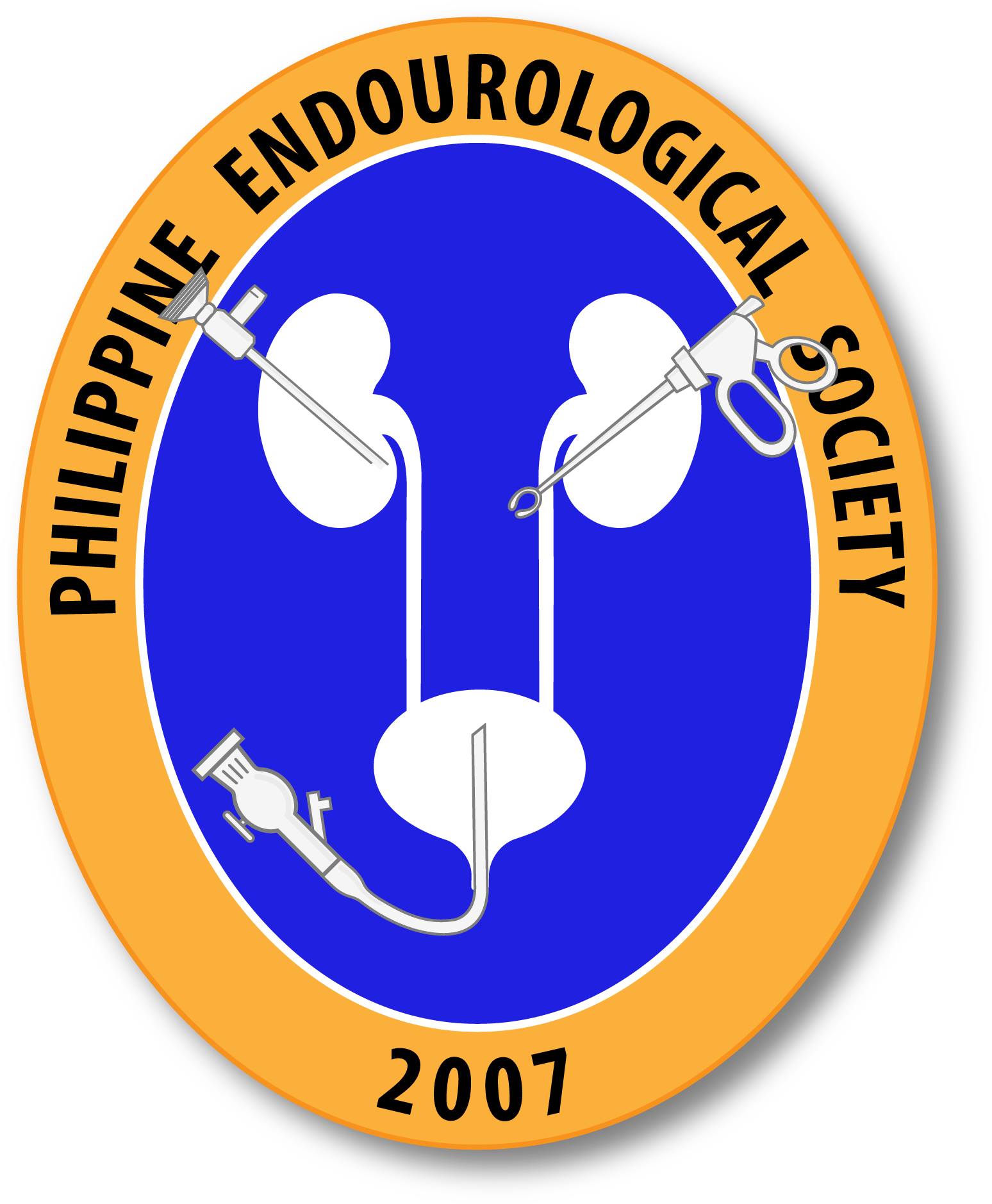(UroToday.com) The 2022 EAU Section of Oncological Urology (ESOU) Annual Meeting included a session on localized prostate cancer and a state-of-the-art lecture by Dr. Daniel Spratt discussing molecular advances in risk stratification of localized disease. Dr. Spratt notes that treatment decisions at their core are dominated by risk stratification, with the earliest risk stratification dating back to 1929 with the League of Nations’ World Health Organization developing the four-stage system for cervical cancer. Fast forward to the 1950s when Gleason grade grouping was added for prostate cancer, as well as the UICC publishing the first T, N, M staging classification. From the 1970s to the 1990s, the AJCC published editions 1 through 5, and the NCCN published their first prostate cancer guideline. Over the last two decades, we have seen the D’Amico risk stratification, AJCC 6th, and 7th edition, and the Zumsteg/Spratt (MSKCC) risk groups emerge, with many nomograms and multivariable models (ie. CAPRA) published along the way. More recently (2016 onwards), there has been the publication of the AJCC 8th edition, the Spratt clinical genomic risk groups, and STAR-CAP for risk stratification.
